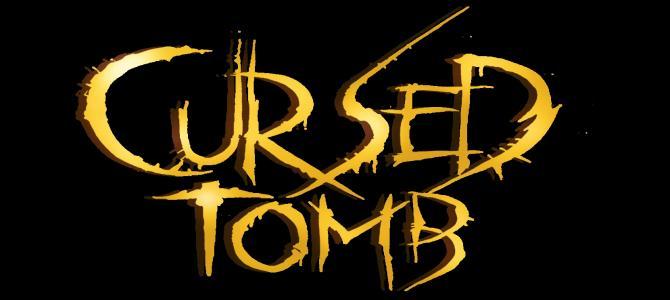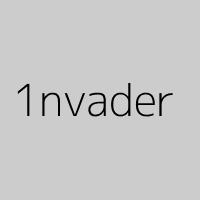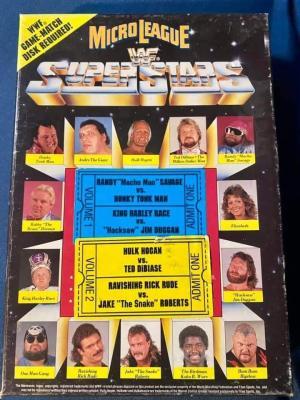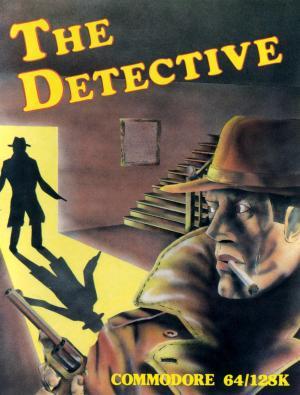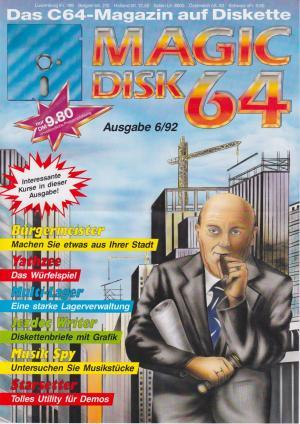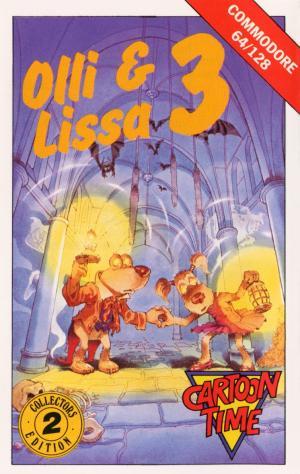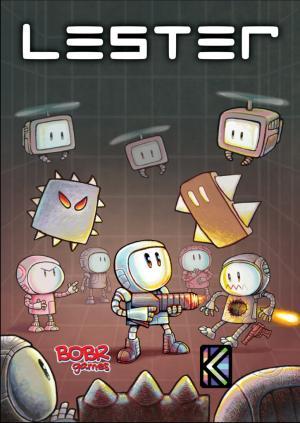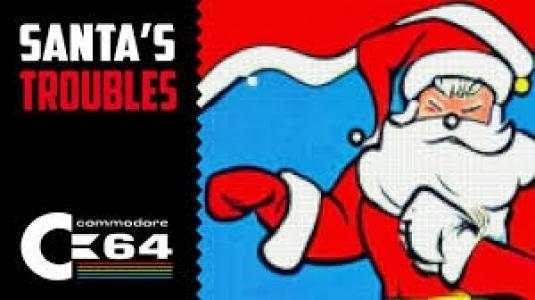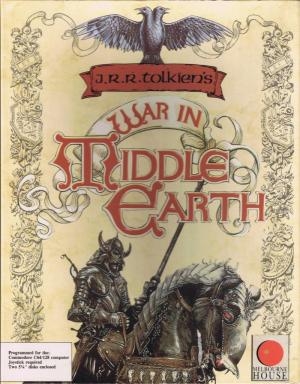
| Console: | Commodore 64 |
| TV Standard: | Region Not Set |
| Developer(s): | Maelstrom Games Ltd |
| Publisher(s): | Melbourne House |
| Release Date: | 1989-06-15 |
| Co-op: | No |
| Type: | Strategy |
War in Middle Earth on 8-bit machines is a simpler version of the 16-bit game. It doesn't feature the questing and RPG aspects of the other title and is instead a pure strategy game.
The player controls the forces of good in the War of the Ring from J.R.R. Tolkien's The Lord of the Rings. The game begins with the Fellowship of the Ring just having formed in Rivendell and the hobbit Frodo Baggins carrying the One Ring. The ultimate goal of the game is to get the ring bearer to the cracks of Mount Doom to destroy the ring. The game is lost if the ring bearer is killed or corrupted by the ring's influence or if Sauron's forces capture the city of Minas Tirith.
The game takes place in three different views. The Middle Earth Map displays the whole of the land on one screen, with the player's armies highlighted (unlike the 16-bit versions, enemy armies cannot be seen until encountered). A more detailed view is available in the Campaign Map. This displays much more detail of the land, showing rivers, roads, forests, mountains, towns, et cetera. Units are displayed as shield icons, representing either individual characters or larger military formations. If combat occurs, the Battle Screen is employed, which shows every individual soldier.
Orders to units and characters are given on the Campaign Map. Units can be told to move to a certain position or either join or follow another unit. While giving orders, the game is paused. Time starts running with the appropriate command given from the Middle Earth Map, with units following their movement orders, and stops again if the enemy is encountered. Before a battle is fought, the two party's statistics can be compared on the Campaign Map. The battles themselves are fought in real time. Individual soldiers can be ordered to attack an enemy and it is also possible to directly control each friendly combatant with the joystick. The own forces will not move until given orders, but will defend themselves if attacked. Combat ends if either side is completely defeated. If the ring bearer is involved in a battle he does not wish to be part of, he can use the ring to disappear. This of course can have severe consequences. Using the ring enhances its corrupting influence, and it is of no use against the Nazgûl, who will instead attack only the ring bearer if the ring is worn. Should the corrupting influence become too much, the ring can be given to another character in the same space on the Campaign Map.
Each character and soldier is rated in different categories determining damage rate and strength, amount and depletion rate of energy and more. Elves, dwarves and men move at different speeds. Of special importance is the virtue rating, which determines how fast the ring corrupts the ring bearer. Many of the major and minor characters of the book are featured in the game and can be controlled, including the entire Fellowship, Gollum, and the leaders and captains of the free peoples like Thranduil, Celeborn, Dáin, Brand, Théoden and Denethor.
The starting positions of the player's units correspond with the setting of the book: the Fellowship is in Rivendell, armies of men in Rohan and Gondor, elves in Lothlórien and dwarves in the northern mountains. It is not necessary to follow the strategy employed in the book and send off the ring bearer alone while having the larger armies fight diversionary battles. It is also possible to keep him well-escorted and break into Mordor through the front gate.
Description borrowed from: http://www.mobygames.com/game/c64/jrr-tolkiens-war-in-middle-earth_
